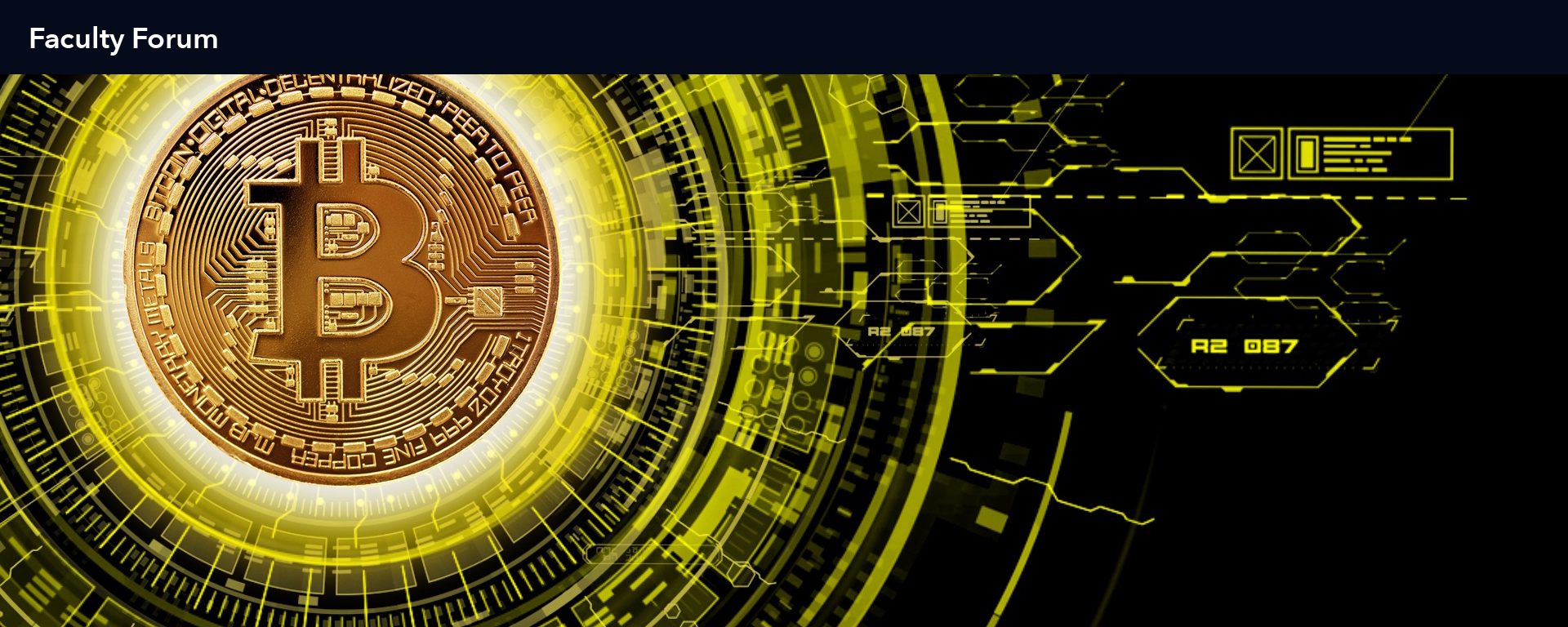Blockchain in Simple Terms
by Mike Saxton, PhD
I have been amazed that, despite media coverage over the last few years, understanding the concept of blockchain technology still eludes many. While most people have heard of Bitcoin, a cryptocurrency that utilizes the technology and first propelled knowledge of it into the mainstream, there is far more to this subject. Since 2008, when it was first introduced, there has been rapidly increasing interest in the business case for blockchain. But what is blockchain?
Blockchain is a distributed, peer-to-peer, trustless ledger system, basically a database of transactions. Let’s examine the components so that we can come back and understand the whole.
Distributed means that copies of the database are on numerous computers throughout the world — thousands, in the case of Bitcoin. It’s important to keep in mind that, unlike traditional databases like banking records, cloud drive, etc. that are stored in a centralized data center, blockchain copies are scattered. There is no centralized location. Using Bitcoin as an example again, there is no “Bitcoin server.”
Peer-to-peer (P2P) may be a concept you are familiar with, especially if you’ve used it for file sharing. This means that the computers, also referred to as “nodes,” with copies of the blockchain are all equals, and they communicate with each other. There is no centralized authority that controls them.
You may also have heard the term trustless. When referring to blockchain-based systems, trust does not need to exist between two parties for a transaction to occur. An example of a trusted relationship would be writing a check for goods or services. The person who provided the item or service trusts that the check will go through and that the funds are available.
If that same individual uses a debit or credit card, a third-party payment processor approves or denies the transaction, but it is no guarantee that the purchaser (or the bank that is ultimately in charge of the card) will not reverse the charges. That person may have used the same funds multiple times in a short period of time, a practice called “double spending.” Since transactions can take days to fully clear, the provider may discover that the customer did not have adequate funds to cover the price. In the case of a blockchain transaction, there is no need for trust. If a person pays with cryptocurrency, the network of nodes verifies that the funds are actually there. Within a short period of time, sometimes mere seconds, the funds are fully transferred, and the account, also known as a wallet, is updated. There is no third-party approval needed. No days-long waiting period. The funds are already moved.
The last portion to consider is the ledger system. Remember that blockchains are a series of transactions. Groups of these transactions are clumped together in what’s referred to as a block. Once the network of nodes agrees that the transactions in a given block are legitimate, they are added to the chain (that’s how the term blockchain was born) and cannot be altered. It also means that double spending is out. Bouncing payments is out. Customers calling their credit card companies and reversing the charges simply because they regret the purchase is out (ah, buyer’s remorse, all of you in retail know what I’m talking about).
Now that we have established what blockchain is, how is it used?
The examples above used Bitcoin and were related to financial transactions. The technology is being applied to a wider variety of uses, and research is being conducted for even more. These include, but are not limited to, data certification, digital advertising, digital identity, voting, governance, energy management/distribution, financial settlements (beyond just cryptocurrency), video games, internet of things (IoT, which is connecting almost any device to the internet), content distribution, resource distribution, prediction markets, and smart contracts (Salviotti, Maria De Rossi, & Abbatemarco, 2018). Big-name companies and exchanges are getting involved with blockchain technology, including Wells Fargo, Bank of America, Capitol One, PNC, Chase, Nasdaq, New York Stock Exchange, and many others (Skinner, 2016).
Blockchain is not only here to stay, it’s growing at a rapid pace as well. The technology of the future is already here.
References
Salviotti, G., Maria De Rossi, L., & Abbatemarco, N. (2018). The Blockchain journey: A guide to practical business applications. Via Salasco, Milano: Bocconi University Press.
Skinner, C. (2016). Valueweb: How Fintech firms are using mobile and blockchain technologies to create the Internet of Value. Singapore: Marshall Cavendish Business.
Click here to learn more about Goodwin’s Management and Leadership offerings.
Dr. Mike Saxton has been an adjunct faculty member at Goodwin for three years. He is passionate about working with adult learners and strives to develop a learning environment that fosters holistic growth for the student, not just academically. He uses his diverse professional, personal, and academic experience to offer guidance above and beyond just passing the test. Dr. Saxton encourages students to pass the test of life through both successes and learning from failures. As an instructor and mentor, he utilizes his diverse background that includes higher education, wireless technology services, information technology, and self-defense instruction. He has served in Student Affairs as an administrator, instructional faculty member, property management, business owner, database developer, network manager, and self-defense instructor. Dr. Saxton graduated Eastern Connecticut State University in 2001 and 2004 with a bachelor’s degree in Computer Science and a master’s degree in Organizational Management, respectively. He holds CompTIA A+, CompTIA Network+, CompTIA Project+, CompTIA Cloud Essentials+, CompTIA CIOS, Six Sigma Data Analytics, and Blockchain Council Blockchain Expert certifications.

